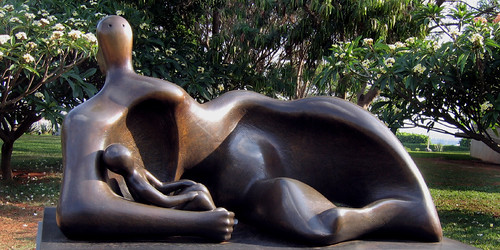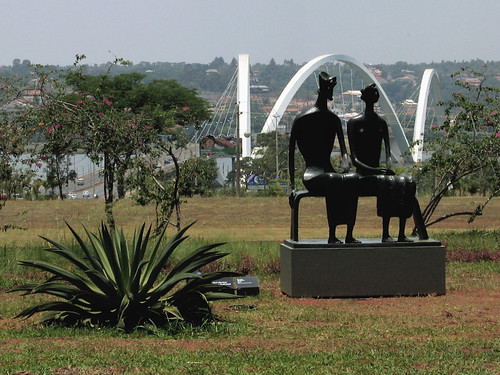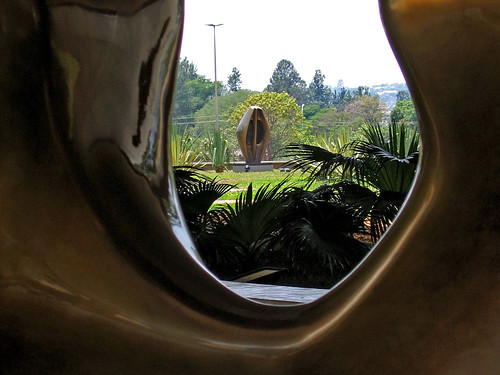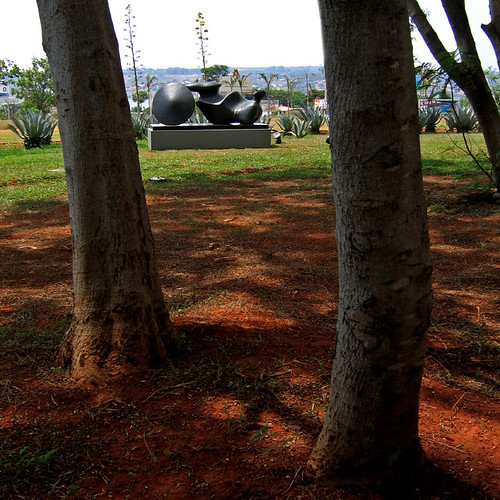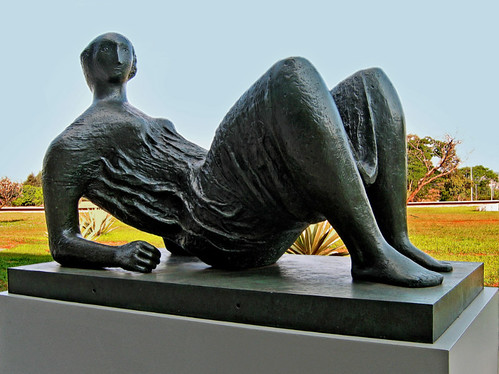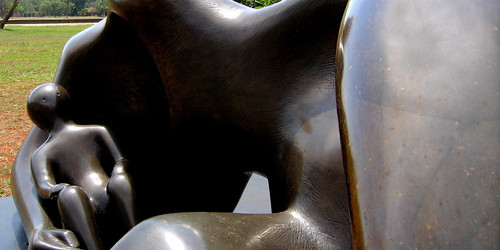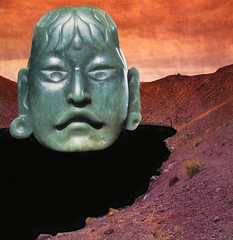HOW ARE WE DOING?

Next weekend will mark the fifteenth anniversary of the UN Earth Summit in Rio de Janeiro, fifteen years since Severn Suzuki hurled her powerful words on behalf of the children of the world asking that future generations be offered deeds as well as words from the adult generation. She especially asked that the wealthier nations lessen their habits of unbounded consumption and offer assistance to the poorer nations so that together all nations might achieve a better world. She asked that everyone "walk their talk."
This morning I read about the current trends of new car buying in the United States:
DETROIT, May 25, 2007 — With gas prices well over $3 a gallon nationwide, many drivers are lining up to buy small cars.
But hundreds of thousands of consumers aren’t giving up anything to downsize. Instead, they are simply adding pint-size transportation to their driveways, parked alongside their S.U.V. or pickup. In households that own a small car, the family fleet is close to an average of three vehicles, according to CNW Marketing Research, which tracks industry trends (the national average is just over two cars per household; America was a one-car-per-family nation a generation ago).
These growing fleets suggest an approach to conservation that is more addition than subtraction. “Small cars are like a fashion statement,” said Art Spinella, president of CNW Marketing. read full NY Times article
I thought again about Severn's words and remembered a Brazilian proposal made last year.
BRASILIA, Brazil, November 07, 2006 - The Brazilian secretary of forests and biodiversity, Joao Paulo Capobianco, said Brazil will present a plan for rich nations to put money into a fund that developing countries can tap after they prove they have slowed initial deforestation rates. "A country will only have the right to claim resources after the environmental benefit is delivered," he said in an interview.
Critics have said Brazil just wants to get paid for protecting the Amazon, the world's largest rainforest and home to maybe a quarter of all species on earth.
Slowing deforestation was a cheap and fast way to lower global carbon emissions, nearly a fifth of which come from clearing land and burning trees, Capobianco said.
"When deforestation comes up, people in America, England, France, Italy, they take to the streets and protest because Brazil is cutting down the rainforest," Capobianco said. "The question isn't why would they invest money in this. The question is why wouldn't they?" read the full article at Planet Ark
And finally I recalled a fact that I used to speak about in my years of traveling the US as an advocate for protecting forests everywhere: The United States has has cut more than 90% of its primary forests in the process of its economic development, while 80% of the primary forests of Brazil are still standing.
Everyone wants a better life. Do we really want Brazil to follow the US example of deforestation in order to improve the lives of its people? Think about it.




